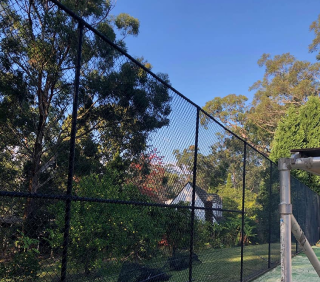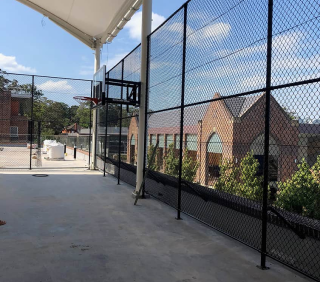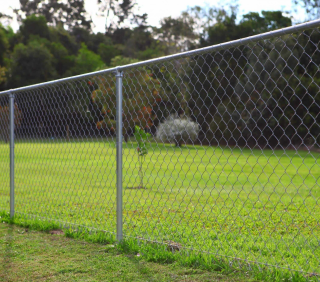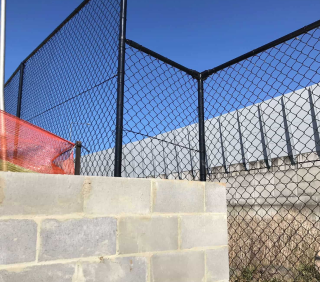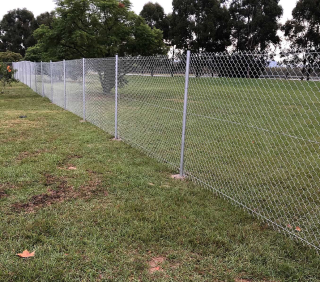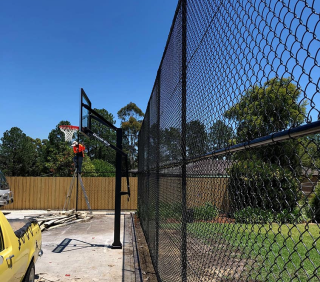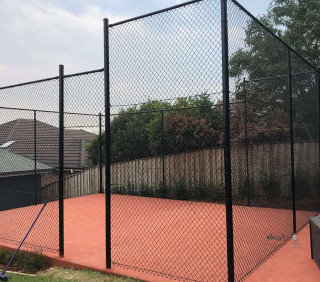
Chain Wire Fencing Solutions
- Chain Wire Fencing Installation: Our experienced team of installers specialises in the professional installation of chain wire fencing, ensuring precision, efficiency, and compliance with industry standards.
- Customised Solutions:Every project is unique, so we offer customised chain wire fencing solutions tailored to your specific needs and preferences
- Quality Products: As a trusted chain wire fencing supplier, we source our materials from reputable manufacturers to ensure our products' highest quality and reliability.
- Chain Wire Gates: Besides fencing, we provide chain wire gates to complement your security system and provide convenient access to your property.
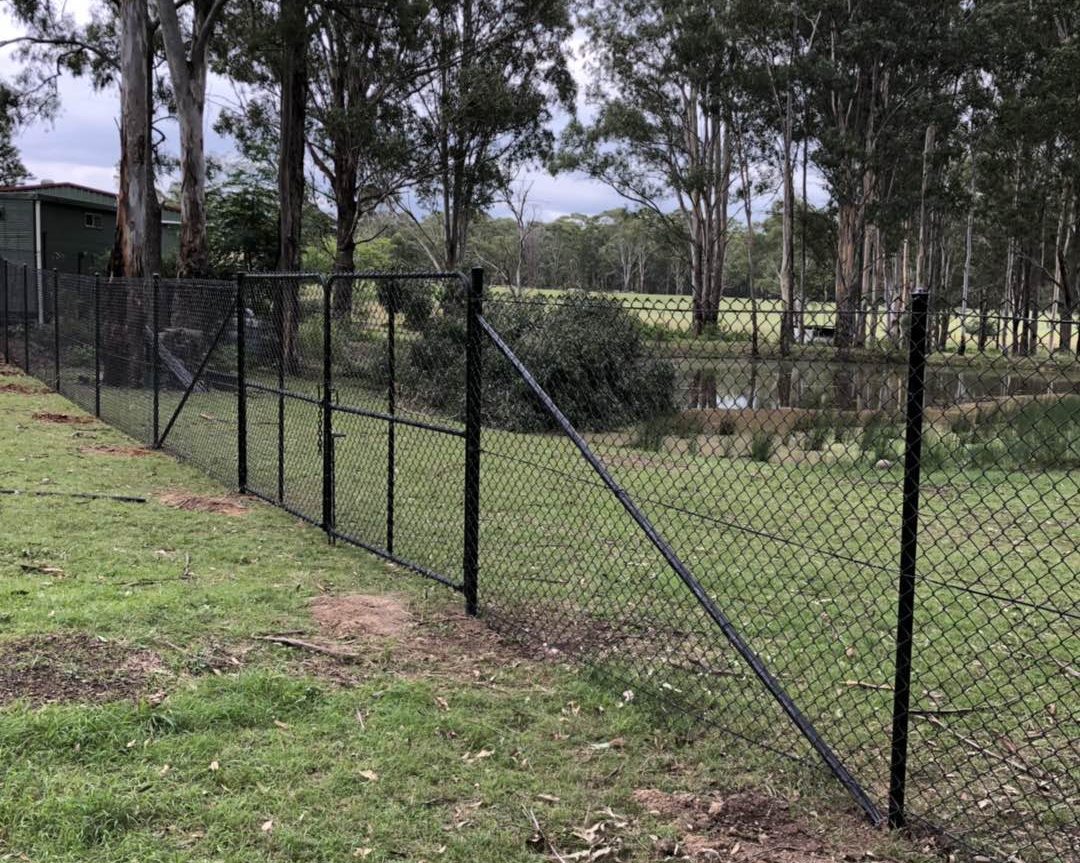

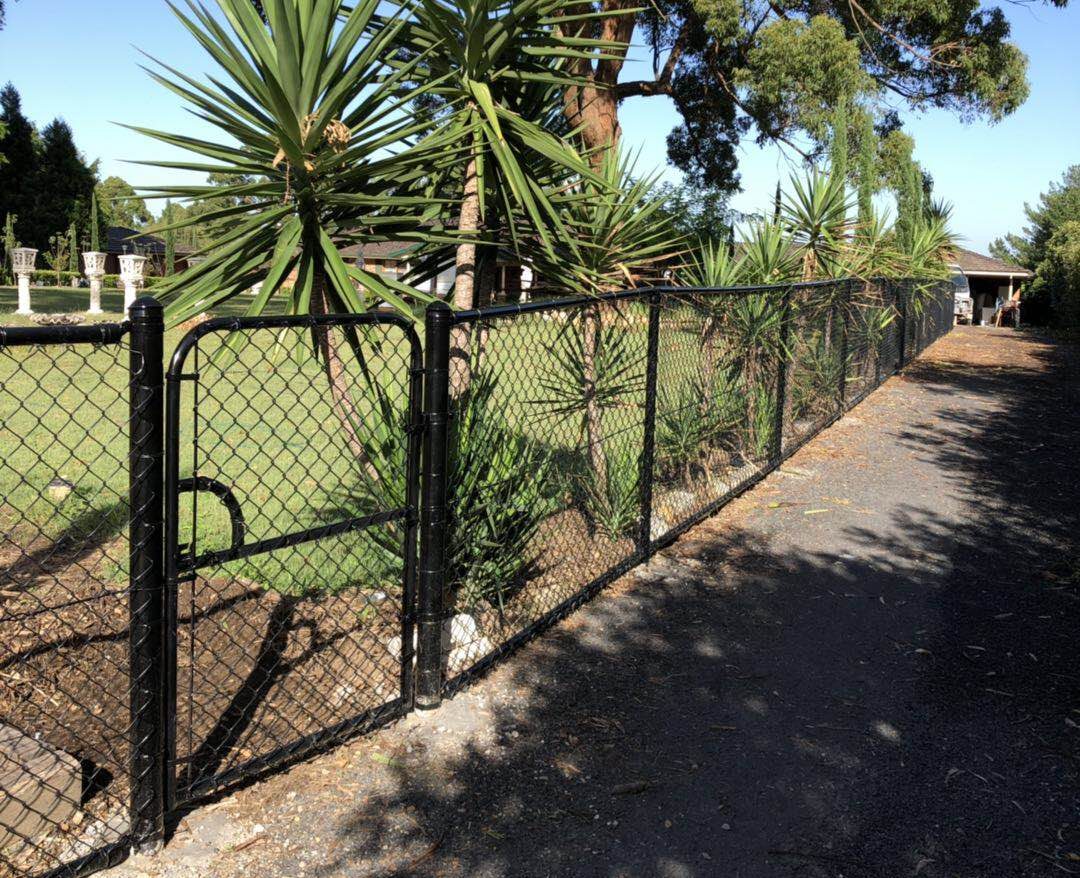
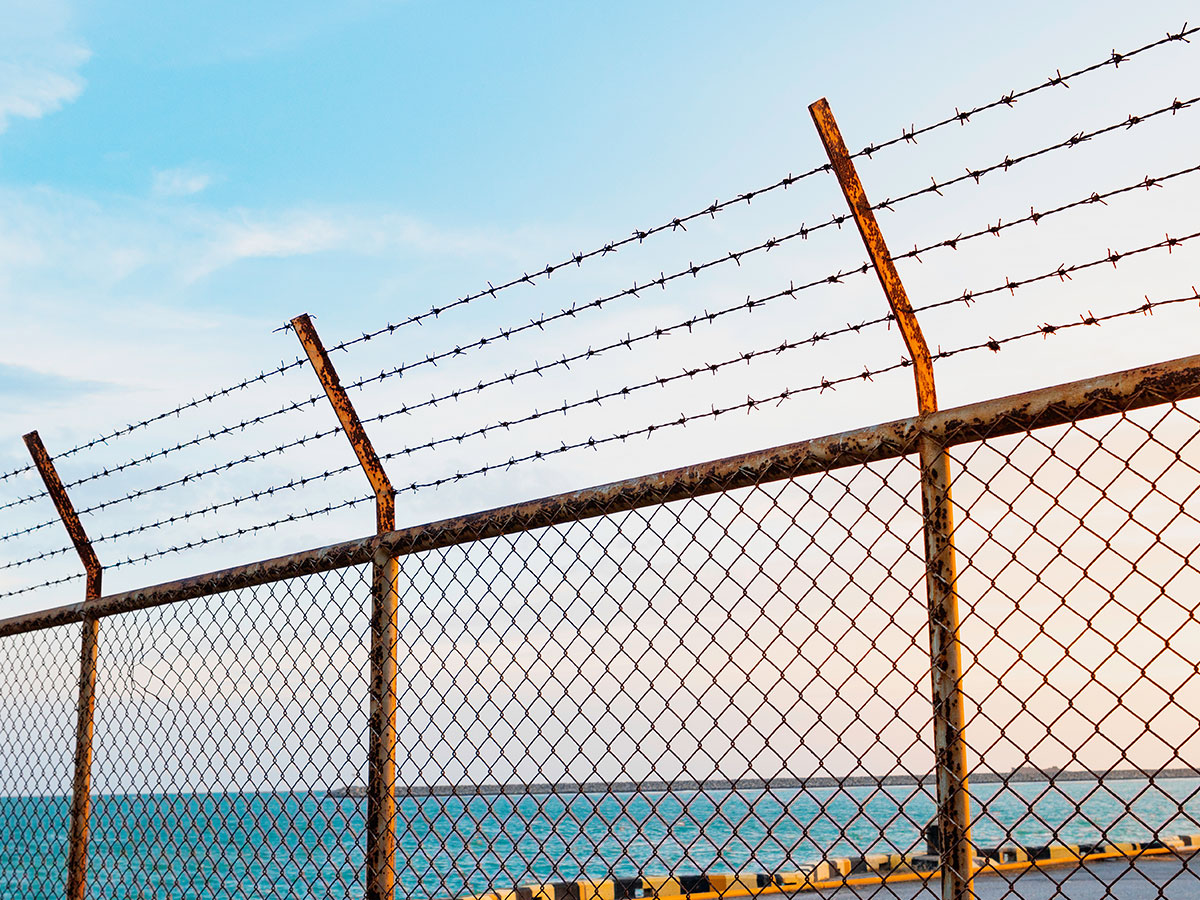
At Longain Fencing, we understand the importance of security, durability, and affordability when it comes to fencing solutions for your property. As a leading chain wire fencing supplier and installer in Sydney, we pride ourselves on delivering high-quality products and expert installation services tailored to your needs. Whether you’re looking to secure a commercial property, industrial site, or residential area – check out our products today!
Why Choose Chain Wire Fencing in Sydney?
Chain link fence, also known as chain wire fencing or chain mesh fencing, offers a range of benefits that make it a popular choice for various applications:
- Security: Chain wire fencing provides a sturdy and reliable barrier to deter trespassers and intruders, enhancing the security of your property.
- Durability: Constructed from high-quality galvanised steel, chain wire fencing is built to withstand harsh weather conditions and resist corrosion, ensuring long-term durability and reliability.
- Versatility: Chain link fences can be customised to suit various applications, including perimeter fencing, sports enclosures, animal enclosures, and more.
- Affordability: It’s a cost-effective solution compared to other fencing options, making it an economical choice for commercial and residential projects.
Be sure to read more about which chain wire fence suits you and your needs!
What Sets Longain Fencing Apart as Sydney's Preferred Chain Wire Fencing Supplier and Installer?
- Experience and Expertise: With years of experience in the fencing industry, we have the knowledge and expertise to deliver superior-quality products and services. Take a look at our gallery to see what we’ve created so far!
- Customer Satisfaction: We prioritise customer satisfaction and strive to exceed expectations with every project, ensuring our clients receive the best possible solutions and support.
- Competitive Pricing: We offer competitive chain wire fencing costs without compromising quality, providing exceptional value for your investment in chain wire fencing.
- Commitment to Excellence: Our commitment to excellence drives us to continuously improve and innovate, staying at the forefront of the industry to meet the evolving needs of our clients.
Get Started with Longain Fencing Today
Are you ready to enhance the security and aesthetics of your property with durable and reliable chain-wire fencing? Contact us today to discuss your project requirements and receive a free quote. Our friendly and knowledgeable team is here to assist you every step of the way.
Contact Us to learn more about us and our chain wire fencing solutions or explore our Product Range for inspiration. You can also view examples of our work in our Gallery.
At Longain Fencing, we’re committed to providing you with the highest quality chain wire fencing products and services to meet your needs (from chain wire fences to tennis court fencing and gates). Let us help you secure your property with confidence and peace of mind.
FAQ
1. What is the cost of a chain wire fence
This depends on many factors, such as the size of the area, the height and gauge of the fencing materials, and any additional features like gates or accessories. However, it is usually calculated per metre in Australia. This generally ranges somewhere between $50 and $90 per metre. In addition, with labour services for fencing installation, you may also have to pay 25 percent of the total costs incurred.
Be sure to contact us for a personalised quote based on your specific requirements.
2. How do we install chain link fence tension wires?
Chain link fence tension wires are typically installed along the bottom, top, and occasionally between posts to provide stability and prevent sagging. The process involves threading the tension wire through the end, corner, and gate posts, securing it with tension bands, and stretching it tightly using a come-along or tension bar.
3. Explain the basics of chain link fence tension wire installation.
The installation involves threading the wire through the bottom, top, and sometimes middle of the posts, securing it with tension bands, and then stretching it tightly to stabilise the fence. This helps prevent sagging and ensures a secure and durable fencing solution – learn more about how to maintain your fence here.
4. What is the cheapest kind of fence to build?
Chain wire fencing prices are often considered one of the most cost-effective options due to their affordability in materials and relatively straightforward installation process. They are particularly economical for large areas and provide durability and security at a budget-friendly price.
5. Can I install a chain link fence myself?
Chain link fences are relatively easy to install, making them suitable for DIY projects.
However, having the necessary tools, equipment, and basic fencing knowledge is essential to ensure proper installation and avoid potential issues. We recommend consulting with one of our team members to ensure that no problems occur in the installation process.


